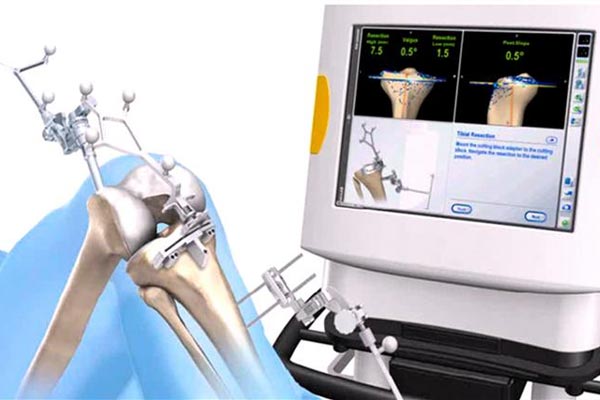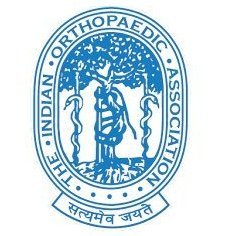How do you know when you need spine surgery?
When someone comes to us with symptoms of extremity, we almost always suggest that they…
Read More
-Excellent Accuracy
-Ability to perform highly complex and challenging surgeries with ease
-Excellent intra-operativs images
-Reliable, Reproducible and optimal implant positioning
-Highest degree of control
-Minimal bone resection

-Ultimate Safely
-Lower time on operating table, greatly eliminates infection chances.
-Increased implant Longevity
-Reduced need for revision surgery
-Excellent surgical results
-Faster Recovery and long term safety

Dr. Shrujal Shah is a Specialist in Hip & Knee Surgeon & Consultant Orthopaedic Doctor from Surat, India.
Orthopedics is a medical specialty focusing on your body's musculoskeletal system's wounds and illnesses. This complex system enables you to move, operate, and be active, including your bones, joints, ligaments, tendons, muscles, and nerves. Orthopedic surgeons treat musculoskeletal trauma, spinal disorders, sport injuries, degenerative diseases using both surgical and non-surgical means. Dr Shrujal Shah is the Best Orthopedic and Knee Replacement Doctor in Surat & Gujarat.






The ends of bones are covered with smooth, white, cartilage. This allows free and smooth movement of the joint. When a joint gets diseased, this smooth cartilage is lost. This leads to raw ends of the bones being rubbed against each other.
Rubbing of raw bone ends causes severe pain and restriction of movements. Initially, medicines and exercises help. But, joint damage will progress over time. Pain which occurs at night and disturbs sleep is an indication of serious joint damage which would need surgery. To date, there is no method of regeneration of cartilage. So, the cartilage is replaced with a new, smooth plastic and metal surface (joint replacement surgery).
For the initial two to three weeks, medicines should be taken as prescribed and the exercise program followed religiously. Most patients do not need a visiting physiotherapist but exercising at home must be continued. Walker should be used for the first one to two weeks followed by a stick for another one to two weeks. The patient should not sit cross-legged or squat or run speedily for the first three weeks.
Until full movements are regained and unless recommended otherwise, they should use the western-style toilet. Aged patients do get salt depleted (hyponatremia) after surgery, so high salt intake is recommended under a physician’s guidance. Good diet is the key to early return to good health.
When someone comes to us with symptoms of extremity, we almost always suggest that they…
Read MoreKnee replacement surgery is one of the country's most prevalent bone surgery. It's a decision…
Read MoreWith many surgeons, hip resurfacing has lost favor as it can increase the amount of…
Read More© 2025. All Rights Reserved. Marketed By i3 Corporation & Developed By CodeMax Media